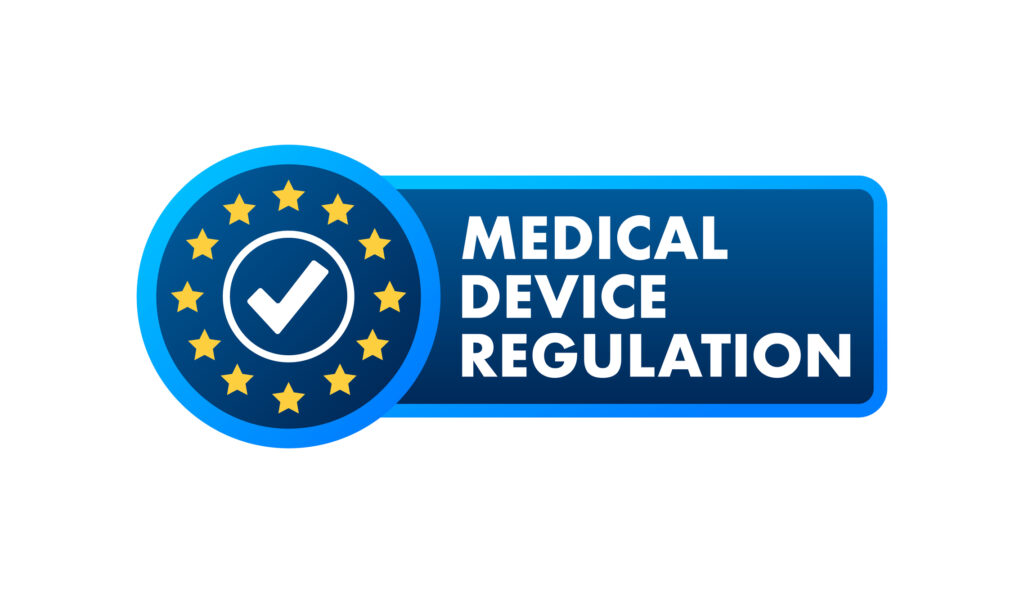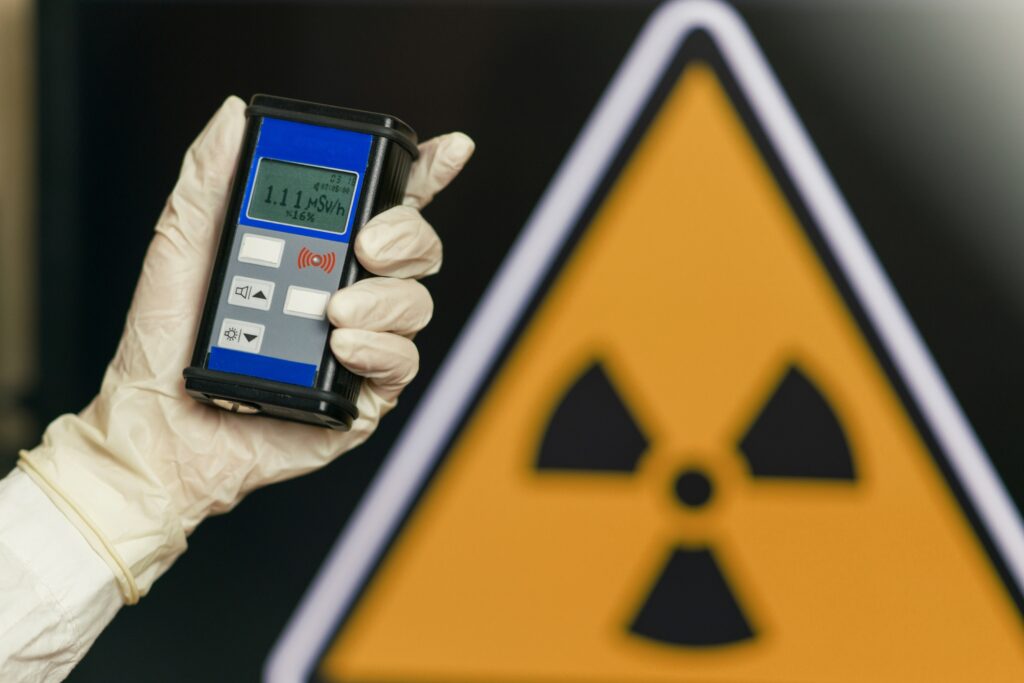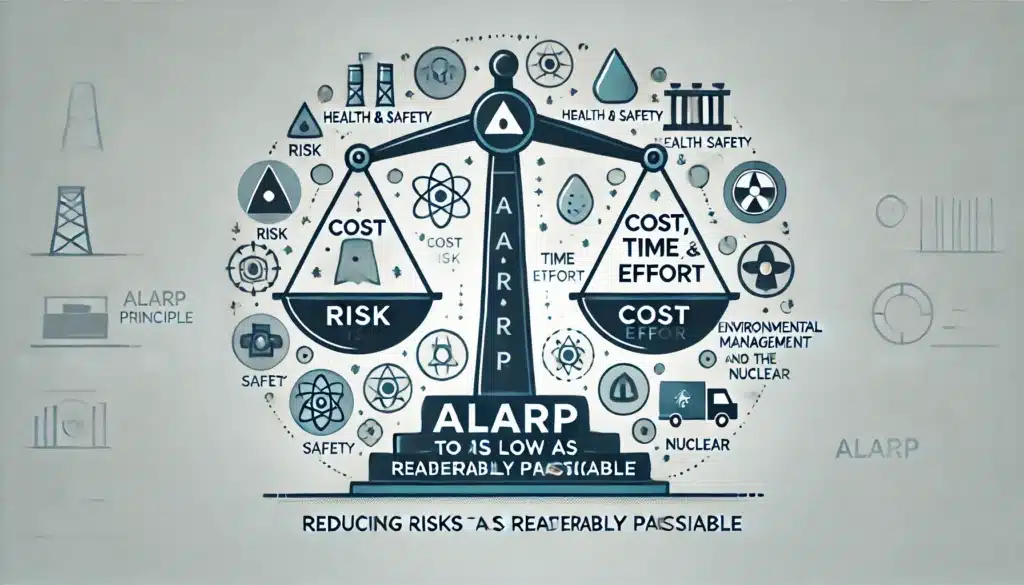The International Council for Harmonization (ICH) Q10 is a comprehensive model for a Pharmaceutical Quality Management System (QMS) that enables pharmaceutical manufacturers to ensure the quality, safety, and efficacy of their products throughout the product lifecycle. Rooted in the ISO 9001 quality standard and aligned with regional Good Manufacturing Practice (GMP) requirements, ICH Q10 QMS provides a global framework that enhances product quality through effective risk management, continuous improvement, and regulatory compliance. This article explores the structure, key elements, and benefits of the ICH Q10 QMS model, as well as its alignment with ISO 9001, its importance in the pharmaceutical industry, and the role of regulatory authorities in ensuring compliance.
Introduction to ICH Q10 QMS and Its Importance in the Pharmaceutical Industry
The pharmaceutical industry is one of the most highly regulated sectors in the world due to the potential health risks associated with poorly manufactured or non-compliant products. To maintain the highest standards of quality, the International Council for Harmonization (ICH) developed the Q10 guideline, which provides a comprehensive framework for a Pharmaceutical Quality Management System (QMS).
ICH Q10 is particularly significant as it aligns with ISO 9001—a globally recognised standard for quality management systems—and regional Good Manufacturing Practice (GMP) requirements. By integrating these elements, the ICH Q10 model ensures that pharmaceutical manufacturers can meet stringent regulatory expectations while also focusing on continuous improvement and risk management throughout a product’s lifecycle.
The overarching goal of ICH Q10 is to support the achievement of product realisation, maintain product quality throughout its lifecycle, and enable continuous improvement, ultimately safeguarding public health.
Understanding the Core Structure of ICH Q10 QMS
ICH Q10 can be visualised as a quality system that spans the entire pharmaceutical product lifecycle, from development to post-approval changes. It is designed to complement existing regional GMP requirements and facilitate innovation while ensuring product quality. The ICH Q10 model is built on four key elements:
- Process Performance and Product Quality Monitoring System
- Corrective and Preventive Action (CAPA) System
- Change Management System
- Management Review of the Pharmaceutical Quality System
These four elements interconnect and work in conjunction to create a robust framework that enhances product quality, mitigates risks, and supports continuous improvement within a company’s operations.
Process Performance and Product Quality Monitoring System
A key component of the ICH Q10 QMS is the Process Performance and Product Quality Monitoring System. This system is designed to continuously monitor and evaluate product quality and manufacturing processes. By establishing key performance indicators (KPIs) and using real-time data collection, manufacturers can identify trends and proactively address issues before they compromise product quality. This system supports ongoing verification that the product remains within its approved specifications.
Corrective and Preventive Action (CAPA) System
The CAPA system is integral to ICH Q10, focusing on identifying and addressing non-conformities within the production process. The system works by investigating the root cause of deviations and implementing corrective measures to prevent their recurrence. CAPA is essential for maintaining product quality and reducing the risk of non-compliance with regulatory requirements. It also plays a key role in fostering a culture of continuous improvement by promoting proactive measures.
Change Management System
In the dynamic pharmaceutical industry, change is inevitable—whether related to equipment, processes, or materials. The Change Management System in ICH Q10 ensures that changes are introduced in a controlled and systematic manner. It requires a structured approach to evaluating the impact of changes on product quality, safety, and efficacy. This system ensures that all changes are assessed, documented, and implemented with minimal risk to the final product.
Management Review of the Pharmaceutical Quality System
Top-level management oversight is critical in maintaining the effectiveness of the QMS. The management review process in ICH Q10 involves periodic evaluations of the overall performance of the QMS. This review helps to identify areas for improvement, assess risk management strategies, and ensure that resources are appropriately allocated to meet quality objectives. It also fosters accountability by ensuring that senior management remains engaged with the QMS and its continuous evolution.
ICH Q10 and ISO 9001: Aligning Global Standards for Quality
ISO 9001 is the international standard for quality management systems, applicable to a wide range of industries. The ICH Q10 guideline leverages the principles of ISO 9001 while incorporating specific elements necessary for the pharmaceutical industry. This alignment ensures that the ICH Q10 model adheres to globally recognised quality management principles while addressing the unique challenges and regulatory requirements of pharmaceutical manufacturing.
Key Similarities Between ICH Q10 and ISO 9001
- Customer Focus: Both ICH Q10 and ISO 9001 are built around the concept of customer focus. In the pharmaceutical industry, the “customer” is ultimately the patient, and the aim is to ensure that safe, effective, and high-quality products reach them.
- Continuous Improvement: The principle of continuous improvement underpins both standards. ICH Q10, much like ISO 9001, encourages manufacturers to actively seek opportunities to enhance product quality and operational efficiency through regular reviews and updates to processes.
- Risk Management: ICH Q10 integrates risk management principles throughout the product lifecycle. This is aligned with ISO 9001’s emphasis on risk-based thinking, encouraging organisations to identify potential risks and implement measures to mitigate them.
Distinct Elements of ICH Q10
While ISO 9001 provides a foundation for quality management, ICH Q10 is tailored specifically for the pharmaceutical industry. It incorporates the following unique aspects:
- Product Lifecycle Approach: ICH Q10 spans the entire lifecycle of a pharmaceutical product, from development to post-market surveillance, ensuring that quality is maintained at every stage. This lifecycle approach is more detailed compared to ISO 9001’s broader applicability across industries.
- GMP Alignment: ICH Q10 is directly aligned with regional Good Manufacturing Practice (GMP) regulations, ensuring that it meets the strict standards set by regulatory authorities for pharmaceutical production.
The Role of Regulatory Authorities in ICH Q10 Compliance
Regulatory authorities, such as the U.S. Food and Drug Administration (FDA), the European Medicines Agency (EMA), and the Medicines and Healthcare products Regulatory Agency (MHRA) in the U.K., play a crucial role in ensuring that pharmaceutical manufacturers adhere to ICH Q10 guidelines. Compliance with ICH Q10 is not only a regulatory requirement but also a means of fostering trust with healthcare providers, patients, and stakeholders.
Regulatory Inspections and Audits
Regulatory agencies conduct regular inspections of manufacturing facilities to assess their adherence to GMP and ICH Q10 guidelines. These inspections focus on verifying the effectiveness of the QMS, assessing risk management strategies, and ensuring that manufacturers are continuously monitoring product quality. A key outcome of these inspections is identifying areas for improvement and enforcing corrective actions where necessary.
Post-Market Surveillance and ICH Q10
Post-market surveillance is a critical aspect of ensuring the long-term safety and efficacy of pharmaceutical products. ICH Q10’s lifecycle approach includes mechanisms for ongoing monitoring of products even after they have been approved for market use. This ensures that any adverse events or quality issues can be addressed promptly, thereby protecting patient safety.
Benefits of Implementing ICH Q10 in the Pharmaceutical Industry
The implementation of ICH Q10 offers a multitude of benefits for pharmaceutical manufacturers. By establishing a robust QMS, companies can improve their operational efficiency, minimise risks, and enhance product quality, ultimately leading to better patient outcomes. Some of the key benefits include:
- Enhanced Product Quality and Safety: ICH Q10 helps ensure that products consistently meet quality standards, minimising the risk of recalls or adverse events.
- Regulatory Compliance: Adhering to ICH Q10 ensures that companies meet the stringent regulatory requirements of global markets, facilitating faster approvals and reducing the likelihood of regulatory actions.
- Risk Mitigation: The risk-based approach of ICH Q10 enables manufacturers to proactively identify and mitigate potential issues before they escalate, reducing the likelihood of costly failures or compliance breaches.
- Continuous Improvement: ICH Q10 promotes a culture of continuous improvement, encouraging companies to consistently review and refine their processes to enhance efficiency and product quality.
Challenges in Implementing ICH Q10
While the benefits of ICH Q10 are substantial, implementing this QMS model can present challenges, particularly for smaller companies or those with limited resources. Some of the common challenges include:
- Resource Allocation: Implementing a comprehensive QMS requires significant investment in terms of time, personnel, and technology. Companies may struggle to allocate the necessary resources, particularly when balancing the cost of compliance with other business priorities.
- Training and Competency: Ensuring that all employees understand and adhere to ICH Q10 principles requires extensive training and ongoing development. This can be particularly challenging in global organisations with geographically dispersed teams.
- Change Management: Effectively managing change within the organisation is a critical component of ICH Q10. However, implementing changes in a controlled and systematic manner can be challenging, particularly when multiple departments or external suppliers are involved.
Continuous Evolution and Adaptation of ICH Q10
The pharmaceutical industry is constantly evolving, driven by advancements in technology, changes in regulatory landscapes, and the emergence of new therapies, such as biologics and gene therapies. In response to these changes, the ICH Q10 model is designed to be adaptable and flexible, allowing companies to modify their quality management systems to meet new challenges without compromising the integrity of the product lifecycle approach.
One area where this adaptability is particularly important is in the development of personalised medicines and advanced therapies. These innovative products often have shorter development cycles and require more flexible manufacturing processes, which necessitate a more dynamic approach to quality management. ICH Q10’s emphasis on risk-based decision-making and continuous improvement positions it well to support the development and commercialisation of these new types of therapies.
Digitalisation and Data Integrity in the Context of ICH Q10
The digitalisation of pharmaceutical manufacturing and the increasing use of advanced data analytics are transforming how companies implement and manage their QMS. Data integrity is a core element of both ISO 9001 and ICH Q10, and as companies transition to digital systems, ensuring the reliability, accuracy, and security of data is more critical than ever.
The integration of digital tools, such as Manufacturing Execution Systems (MES), Quality Management Software (QMS), and data analytics platforms, allows for more real-time monitoring and control of processes. These tools can support the implementation of ICH Q10 by enhancing process performance monitoring, streamlining CAPA processes, and enabling more efficient change management. Furthermore, digital systems provide valuable insights that help drive continuous improvement and facilitate more informed decision-making.
However, with the increasing reliance on digital tools comes the need for robust data integrity protocols. Regulatory authorities have placed a strong emphasis on data integrity, recognising that poor data governance can compromise product quality and patient safety. Companies must ensure that their digital systems are validated, secure, and compliant with regulatory requirements, and that employees are adequately trained in managing these systems.
Global Harmonisation and the Future of Regulatory Expectations
One of the core objectives of ICH is to promote global harmonisation of pharmaceutical regulations. ICH Q10 is a critical component of this effort, providing a unified framework that can be applied across different regulatory environments. The harmonisation of quality management practices helps reduce the complexity of meeting diverse regulatory requirements and facilitates the global distribution of pharmaceutical products.
As regulatory authorities increasingly adopt risk-based approaches to quality management, companies can expect greater alignment between the principles of ICH Q10 and the expectations of regulatory bodies. This harmonisation allows for more efficient regulatory approvals, reduces the risk of non-compliance in different regions, and helps streamline global operations.
However, despite these benefits, challenges remain in fully harmonising pharmaceutical regulations across all regions. Variations in the interpretation and implementation of ICH Q10 can still arise, particularly in emerging markets with less established regulatory frameworks. In these regions, pharmaceutical companies may need to invest additional resources in navigating local requirements while maintaining global compliance.
The Role of Leadership in Driving ICH Q10 Implementation
The successful implementation of ICH Q10 relies heavily on strong leadership and a commitment to quality at all levels of an organisation. Senior management plays a critical role in ensuring that the principles of ICH Q10 are embedded in the company’s culture, processes, and strategic objectives.
Management must provide the necessary resources, including financial, technological, and human capital, to support the implementation and continuous improvement of the QMS. They are also responsible for fostering a culture that values quality and encourages employees to take ownership of the processes that ensure product safety and efficacy. This requires open communication, regular training, and a clear understanding of the company’s quality objectives.
Additionally, management must lead by example by participating in the periodic reviews of the QMS and driving corrective and preventive actions when issues are identified. Their commitment to maintaining a robust quality management system signals to both employees and external stakeholders that the company prioritises product quality and regulatory compliance.
Conclusion: Embracing ICH Q10 for Future Success
The ICH Q10 Pharmaceutical Quality Management System is a pivotal framework for ensuring the safety, efficacy, and quality of pharmaceutical products throughout their lifecycle. Its alignment with ISO 9001 principles and integration with regional GMP requirements provide a comprehensive model that enables companies to maintain regulatory compliance, reduce risks, and continuously improve their processes.
As the pharmaceutical industry continues to evolve, driven by new technologies, advanced therapies, and increasing regulatory expectations, ICH Q10 will remain a vital tool for manufacturers. By embracing the principles of ICH Q10, companies can enhance their operational efficiency, minimise risks, and deliver high-quality products that meet the needs of patients worldwide.
Moreover, the integration of digitalisation, data integrity, and global harmonisation efforts will further strengthen the role of ICH Q10 in the future. While challenges such as resource allocation, training, and change management may pose obstacles, the long-term benefits of implementing a robust QMS far outweigh the short-term difficulties.
Leadership, too, will play a crucial role in driving the successful implementation of ICH Q10, ensuring that the company’s commitment to quality is evident at every level of the organisation. By fostering a culture of continuous improvement and risk management, pharmaceutical companies can navigate the complexities of the industry while safeguarding public health and achieving long-term success.
In conclusion, ICH Q10 is more than just a regulatory requirement—it is a strategic advantage that enables companies to thrive in an increasingly competitive and regulated environment. By adhering to the ICH Q10 model, pharmaceutical manufacturers can ensure that their products consistently meet the highest standards of quality, ultimately contributing to better patient outcomes and global public health.
Disclaimer
The content presented in this article, “The International Council for Harmonization (ICH) Q10: A Model for a Robust Pharmaceutical Quality Management System”, published by Open Medscience on 01 October 2024, is intended for informational and educational purposes only. While efforts have been made to ensure the accuracy and relevance of the information provided, Open Medscience does not guarantee its completeness or suitability for any specific purpose. This article is not intended to serve as regulatory guidance, legal advice, or a substitute for professional consultation with qualified experts.
References to the International Council for Harmonisation (ICH), ISO standards, or regulatory bodies such as the FDA, EMA, or MHRA are for context only and do not imply endorsement or affiliation. Readers are advised to consult the original ICH Q10 guideline and relevant regulatory publications for authoritative information. Open Medscience shall not be held liable for any decisions made or actions taken based on the contents of this article.
You are here: home » diagnostic medical imaging blog »



